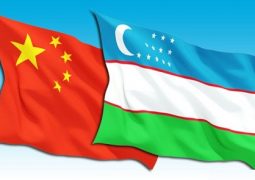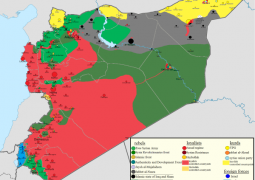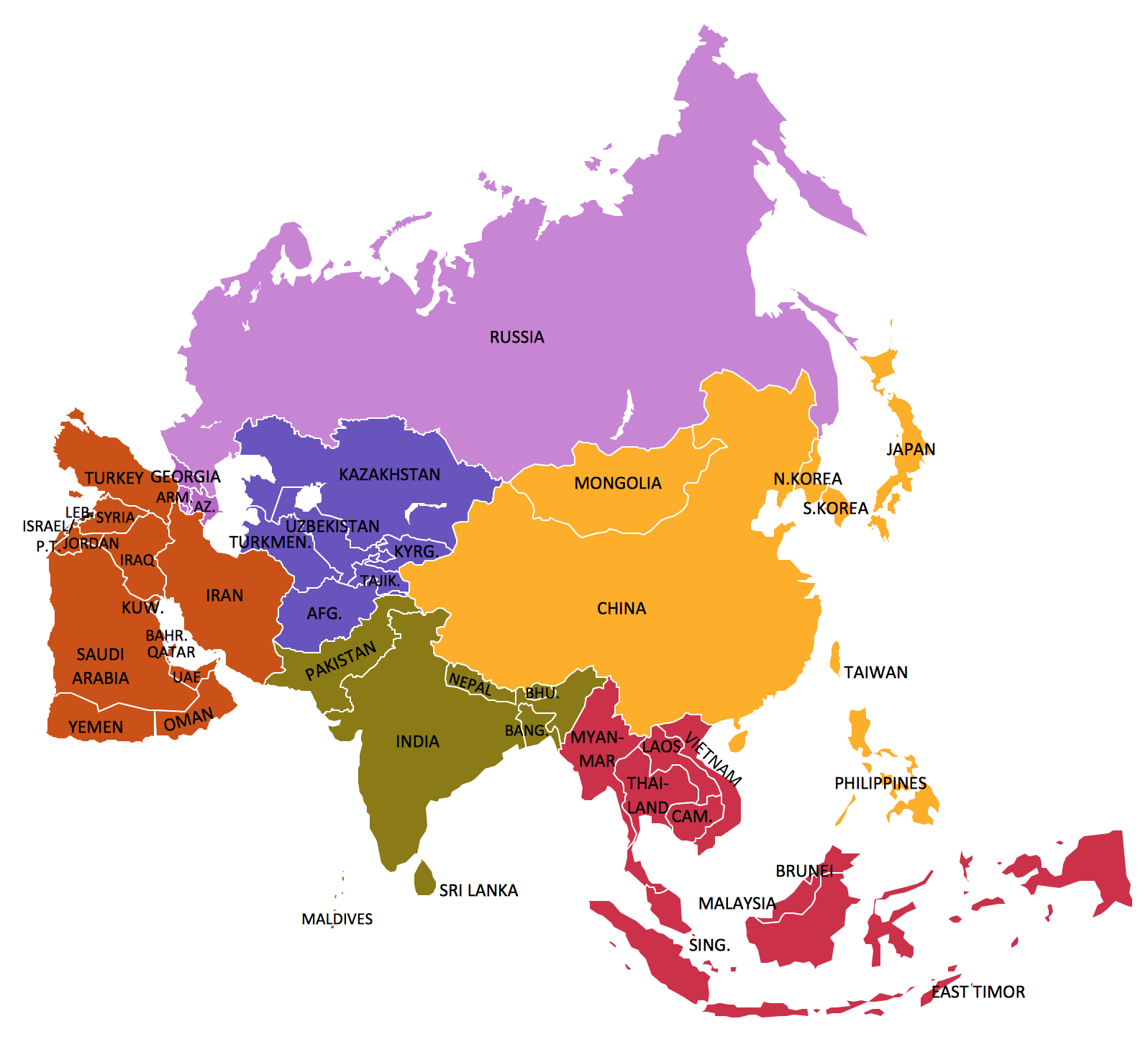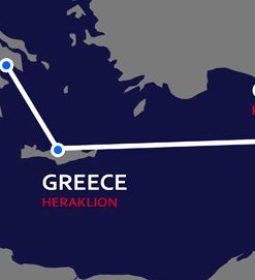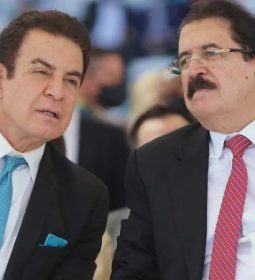Malaysian PM: Trump to Attend ASEAN Meetings in October

Even if confirmed, it is hard to draw conclusions about what it means for the future trajectory of U.S.-Southeast Asia relations.
Anwar, who currently holds ASEAN’s rotating chairmanship, told parliament on Thursday that Trump had accepted his invitation to attend the 47th ASEAN Summit and related meetings during a phone call earlier in the day, during which they discussed the border conflict between Thailand and Cambodia.
“He started by expressing his appreciation to Malaysia for its role in resolving the Thai-Cambodia conflict,” said Anwar, as per Bloomberg. “I said this is because of the ASEAN unity and their positive attitudes and the cooperation of the U.S. and Trump and China’s Xi.”
If confirmed – and the White House has not yet announced whether or not Trump will attend – it would certainly be welcome news for Anwar. During his first term in office, Trump attended ASEAN meetings just once, in the Philippines in 2017. Even then, he left before the East Asia Summit (EAS), a regional forum that is the most important event for U.S. presidents during ASEAN’s late-year clutch of summits. In 2018, he was represented at the EAS by Vice President Mike Pence; in 2019 and 2020, he was represented by National Security Adviser Robert O’Brien, the lowest level representation since 2011.
His Democratic predecessor Barack Obama attended five of the eight EASs during his two terms in office, in 2011, 2012, 2014, 2015, and 2016. Joe Biden attended the virtual EAS in 2021, the in-person summit in 2022, but did not attend the 2023 and 2024 summits. First held in 2005, the EAS includes leaders from the 10 ASEAN member states, in addition to Australia, China, India, Japan, New Zealand, Russia, South Korea, and the U.S.
The Malaysian state news agency Bernama described Anwar’s announcement as a “diplomatic coup for Malaysia and a testament to Anwar’s inclusive leadership.” This was a reference to the discussions that Anwar and Trump had over the Cambodia-Thailand border conflict, which erupted on July 24 in the vicinity of Ta Moan Thom temple. Five days later, the two nations agreed to a ceasefire in Putrajaya, in talks brokered by Anwar, reportedly after Trump applied pressure on both nations to cease hostilities.
Bernama quoted Dr. Azmi Hassan, a senior fellow at the Nusantara Academy for Strategic Research, as saying that Anwar “did not sideline the U.S. when negotiating the ceasefire between Thailand and Cambodia. He ensured that both the U.S. and China were part of the broader regional conversation.”
In the past, whether U.S. presidents have chosen to attend the EAS in person has generally been used in Southeast Asia to gauge how much priority Washington has placed on the region. Certainly, their absence has been seen as a sign of American disinterest or neglect. However, even if the U.S. president attends – and what Trump says on a phone call may or may not mean something in two months’ time – it will be hard to draw any binding conclusions from it.
Trump’s approach to the region since the beginning of his second term has been dominated by his administration’s chaotic and volatile tariff policy, which has unsettled policymakers across the region. Even though the country’s largest economies were rewarded with relatively “good deals” during Trump’s apparently final tariff announcement on August 1, the unpredictable means that the administration used to negotiate the tariffs, and the uncertainty that still hovers over the question of trade, showed little sensitivity toward the needs and interests of U.S. partners in the region, particularly Vietnam.
Even if Trump attends this year’s East Asia Summit, the course of U.S. policy in Southeast Asia for the rest of Trump’s term will remain opaque at best.
- Previous Baku pays off war debt to Syrian islamists’s help in Karabakh war with supply of natutal gas
- Next ‘Made in China 2025’ in the time of tariff wars




